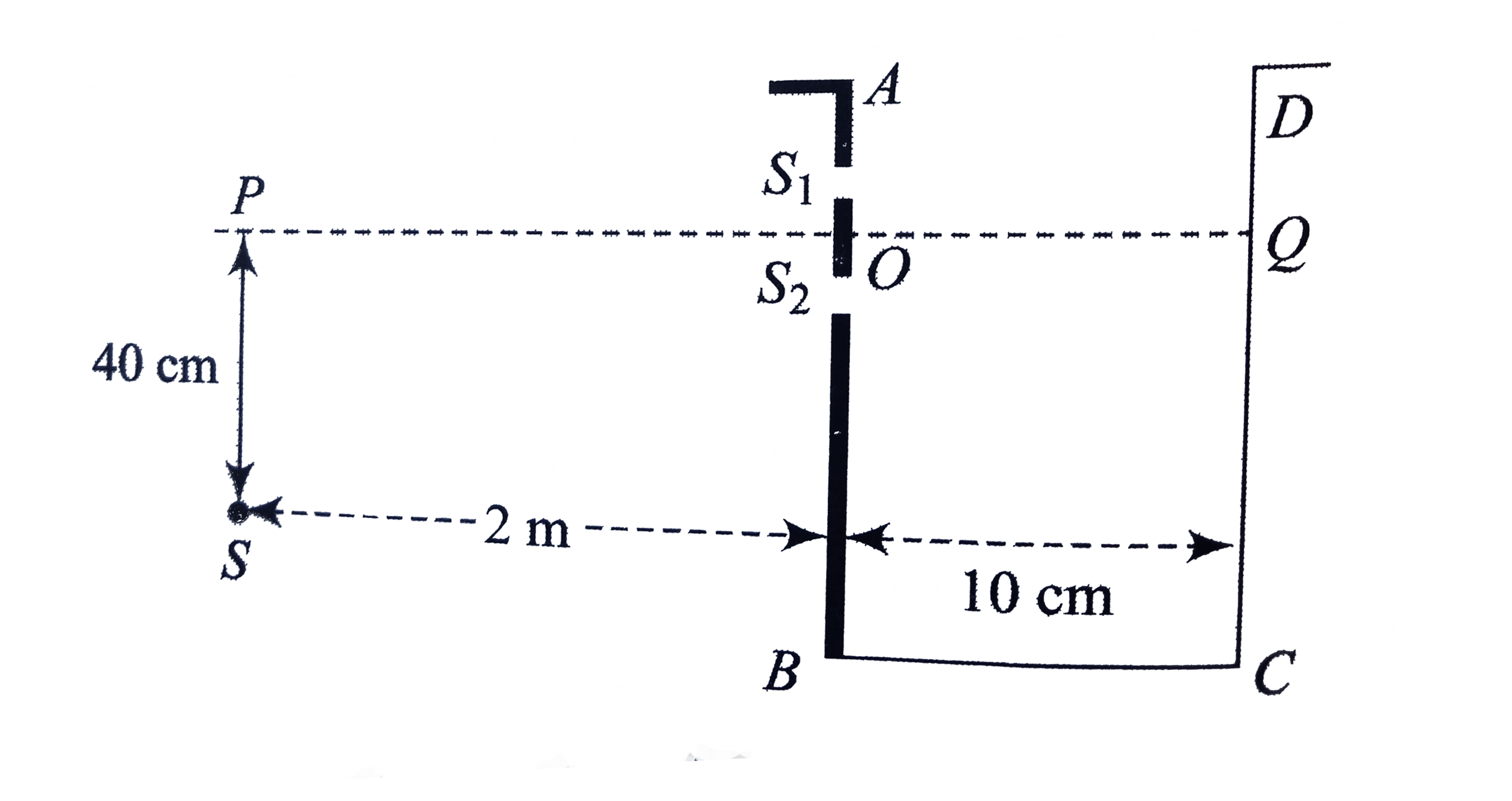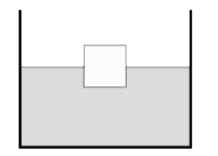The clear liquid which is poured out after sedimenatation…………
Step-by-Step Solution:
1. Understanding Sedimentation: Sedimentation is a process where solid particles suspended in a liquid settle down to the bottom due to gravity. This occurs when the mixture is allowed to stand undisturbed for some time.
2. Observation of the Process: In a mixture, when sedimentation occurs, the heavier solid particles will gradually fall to the bottom of the container. This leaves behind a clear liquid layer above the settled particles.
3. Identifying the Clear Liquid: The clear liquid that remains above the settled solid particles is referred to as the "supernatant liquid." This term is used in scientific contexts to describe the liquid that is decanted after sedimentation.
4. Transferring the Supernatant Liquid: To separate the supernatant liquid from the sediment, it is carefully poured out into another container. This process must be done gently to avoid disturbing the sediment at the bottom.
5. Conclusion: Therefore, the clear liquid that is poured out after sedimentation is called the "supernatant liquid."
---
Topper's Solved these Questions
- PURE SUBSTANCES & MIXTURES; SEPARATION OF MIXTURESBOOK - ICSECHAPTER - PURE SUBSTANCES & MIXTURES; SEPARATION OF MIXTURESEXERCISE - Objective Type Questions (Multiple Choice Question)
9 Videos
- MIXTURES AND THEIR SEPARATION BOOK - ICSECHAPTER - MIXTURES AND THEIR SEPARATION EXERCISE - Think and answer
5 Videos
- TEST PAPER -2 (CHAPTERS 4 TO 6)BOOK - ICSECHAPTER - TEST PAPER -2 (CHAPTERS 4 TO 6)EXERCISE - Exercises (Answer the following in detail)
5 Videos
Similar Questions
Knowledge Check
In humans one of the constituents of the pancreatic juice which is poured into the duodenum is
AtrypsinogenBchymotrypsinCtrypsinDenterokinase.The height of sand in a cylinder-shaped can drops 3 inches foot of sand is poured out. What is the diameter, in inches of the cylinder?
A2√πB4√πC16πD48√π
A convex lens is held 45cm above the bottom of an empty tank. The image of a point at the bottom of a tank is formed 36cm above the lens. Now, a liquid is poured into the tank to a depth of 40cm. It is found that the distance of the image of the same point on the bottom of the tank is 48cm above the lens. Find the refractive index of the liquid.
View SolutionA vessel ABCD of 10 cm width has two small slits S1 and S2 sealed with identical glass plates of equal thickness. The distance between the slits is 0.8 mm. POQ is the line peropendicular to the plane AB and passing through O, the middle point of S1 and S2. A monochromatic light source is kept at S, 40 cm below P and 2 m form the vessel to illuminate the slits as shown in figure .Calculate the position of the central bright fringe on the other wall CD with respect to line OQ. Now , a liquid is poured into the vessel and filled up to OQ. The central bright fringe is found to be at Q. Calculate the refractive index of the liquid to the liquid.

View SolutionSome liquid is filled in a cylindrical vessel of radius R. Let F1 be the force applied by the liquid on the bottom of the cylinder. Now the same liquid is poured into a vessel of uniform square cross-section of side R. Let F2 be the force applied by the liquid on the bottom of this new vessel. (Neglect atmosphere pressure). Then
View SolutionFigure shows a container of width H. A telescope is fitted at a height H above the base on its side wall such that it is focussed at the point A as shown. Now a liquid is poured slowly in the container. The refractive index of liquid is μ=√2. Select the correct alternatives

View SolutionWhy carbon dioxide can be poured out of gas jar like a liquid?
View SolutionA solid cube floats in a liquid of density ρ with half of its volume submerged as shown. The side length of the cube is a, which is very small compared to the size of the container. Now a liquid of density ρ3 (immiscible with the liquid already in the container) is poured slowly into the container. The column of the liquid of density ρ3 that must be poured so that the cube is fully submerged (with its top surface coincident with the surface of the poured liquid) is :

View Solution
